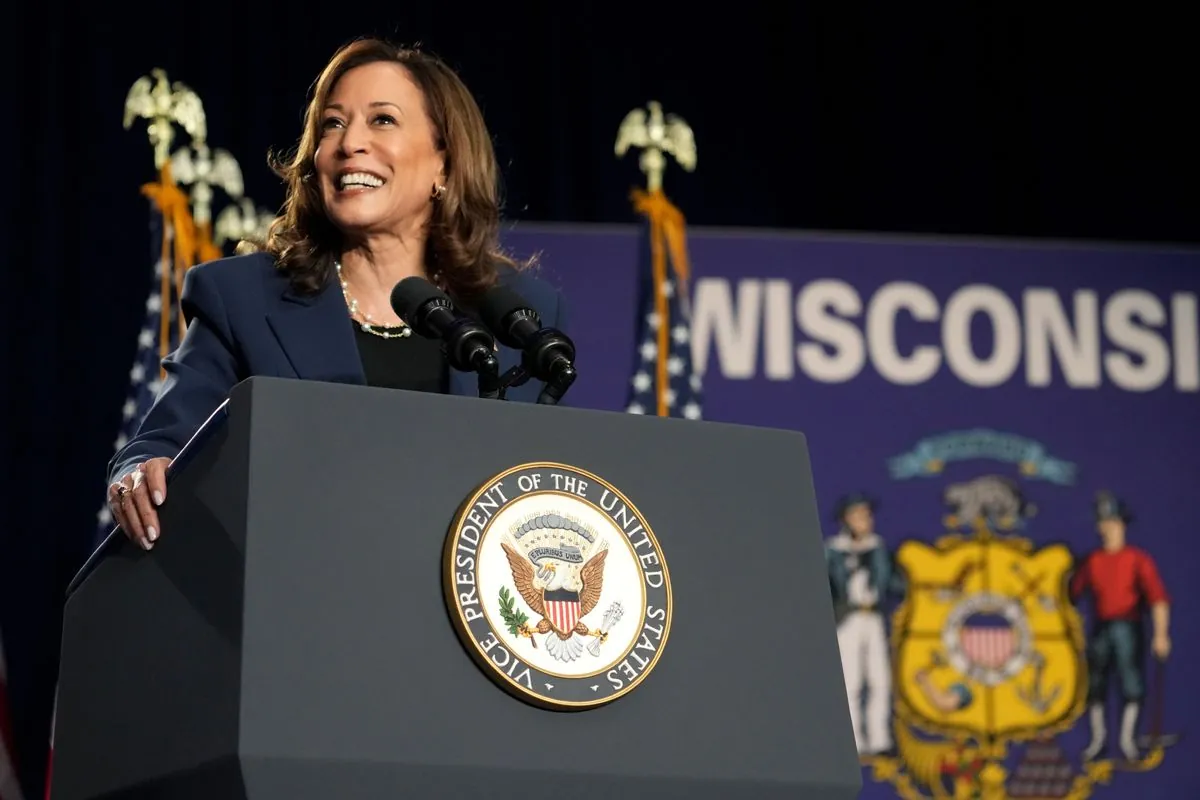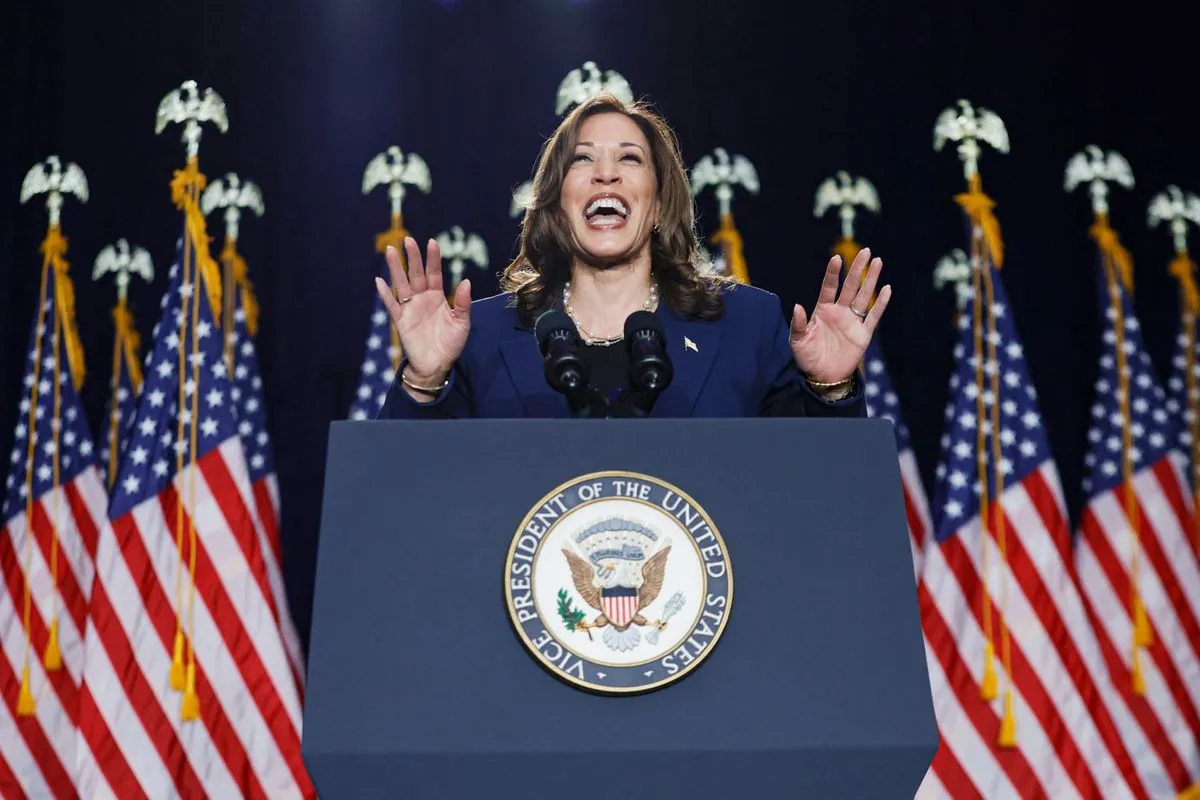Harris Gains Edge in Presidential Race After Biden's Exit
Following Joe Biden's withdrawal, Kamala Harris has emerged as a slight favorite in the presidential race. Her improved polling in key states has opened multiple paths to victory in the Electoral College.

The landscape of the 2024 U.S. presidential race has undergone a significant transformation in recent weeks. Following Joe Biden's unexpected exit from the campaign on July 21, 2024, his vice president, Kamala Harris, has stepped into the role of Democratic nominee, reshaping the electoral dynamics.
According to the Washington Post's polling average, Harris has made substantial gains since entering the race. Nationally, she has advanced by two percentage points and now leads in the overall polling average. In crucial swing states, her position has improved by an average of 2.1 points since June 21, with leads established in two out of seven key battlegrounds.

Harris has taken the lead in Wisconsin and Pennsylvania, two critical Rust Belt states. In Michigan, another pivotal battleground, she has significantly narrowed the gap, with Donald Trump holding a slim lead of less than one percentage point. This trend suggests a potential tie in Michigan in the near future.
While the current electoral college projection based on state polling averages still favors Trump, Harris is now considered the favorite if an election were held today. This is due to her increased competitiveness in multiple states that could lead to the crucial 270 electoral votes needed for victory.
The Washington Post's model indicates that Harris has two potential paths to success: through the Rust Belt states of Michigan, Wisconsin, and Pennsylvania, or via the Sun Belt states of Georgia, Arizona, and Nevada. In contrast, Trump's path to victory requires winning both the Rust Belt and Sun Belt regions.
"The entry of Kamala Harris into the race has effectively reset the electoral landscape. Her ability to compete in both the Rust Belt and Sun Belt gives her a strategic advantage that Joe Biden didn't have."
It's important to note that these polls represent a snapshot in time, with the election still three months away as of the article's publication date. The political landscape can shift dramatically in this timeframe, and polls have been known to err in previous elections.
The events leading up to this shift were marked by significant political developments. A poor debate performance by Biden on June 27, 2024, followed by an attempted assassination of a presidential candidate, the selection of a vice-presidential nominee, and the Republican National Convention all contributed to the evolving political narrative.
Biden's position in the polls had been slowly improving since January 2024, when he trailed Trump by 1.5 percentage points nationally. By mid-June, he had narrowed this gap to just three-tenths of a percentage point. However, the debate performance led to a swift decline in his standing, with his support dropping by more than one percentage point nationally in the week following the event.
The entry of Harris into the race has brought renewed energy to the Democratic campaign. While she currently trails in the majority of battleground states according to the model, her improved position in Sun Belt states has opened a second viable path to the presidency.
As the campaign progresses, both candidates will need to navigate the complex electoral landscape, with Trump focusing on maintaining his support in both the Rust Belt and Sun Belt, while Harris aims to solidify her position in at least one of these crucial regions.


































